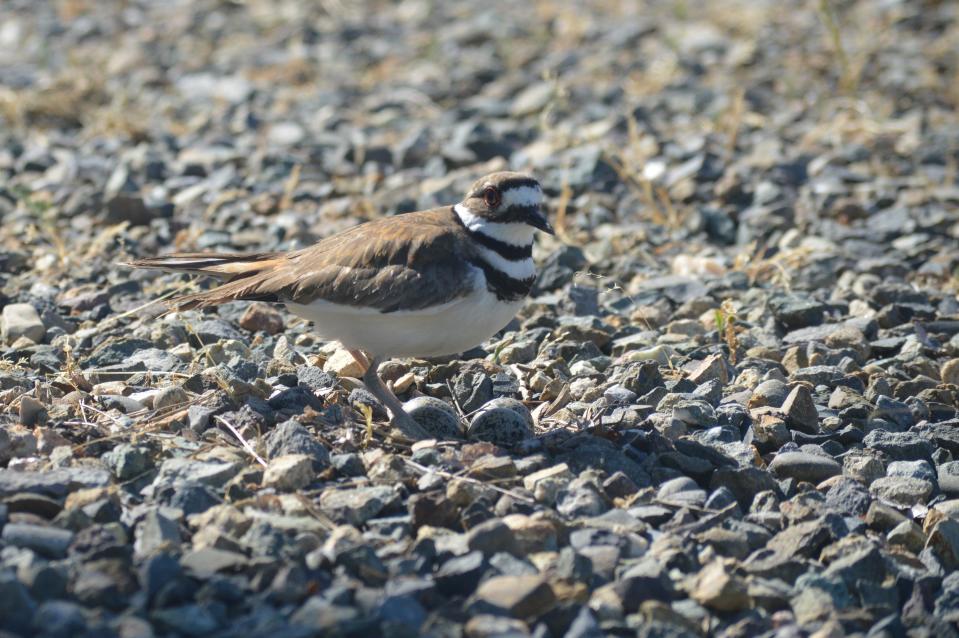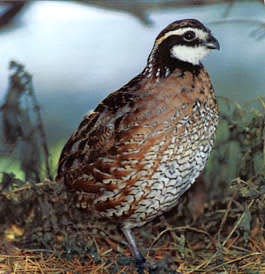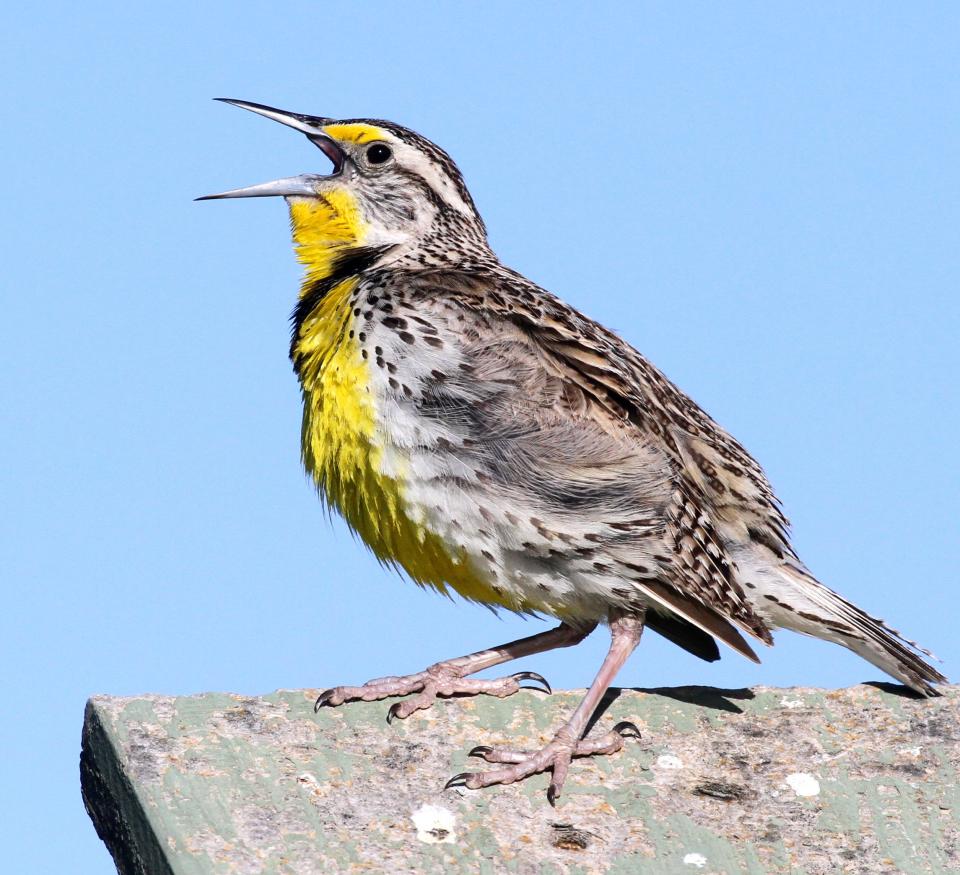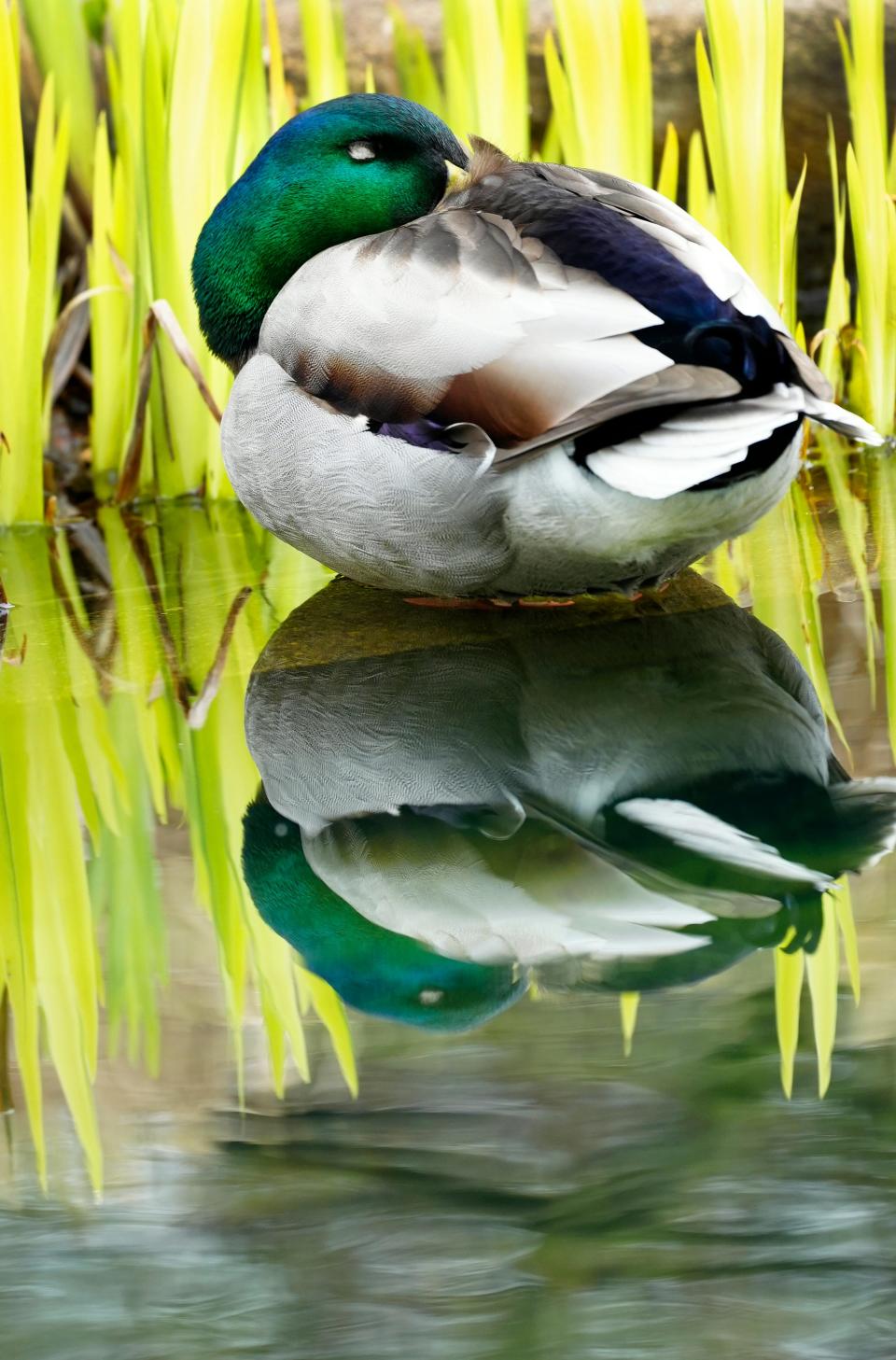When bird nests on the ground aren’t a bad thing
Have you ever heard the old expression that “He, or She, has a bird nest on the ground?” The meaning of the expression is usually interpreted as someone has discovered something that brings them high rewards or profits with minimal effort. In the literal sense of finding a bird’s nest on the ground, we usually associate the discovery with a misfortune for the birds; such as a high wind or storm that has blown the nest or young birds from a nearby tree or shrub. Surprisingly though, many species of birds construct nests or simply lay and brood their eggs on the ground. It’s completely normal for them and doesn’t mean there has been a recent catastrophe.

Ground nesters are a diverse group and include the familiar birds such as Killdeer, Northern Bobwhite quail, Meadowlarks (both Eastern and Western species occur in our area), and some waterfowl such as the Mallard duck. These birds have developed many ways to successfully incubate and raise their young in what would seem to be hostile, unfavorable environments. For example, the eggs of most ground nesting birds are larger than those of ‘tree-nesting’ species. Also, the parents frequently choose soil substrate or vegetation colors closely matching their egg colors and patterns. Additionally, scientists have discovered that nesting parents produce preening oils that minimize scents around their nests. Also, chicks exit the larger eggs in a better-developed, more precocious, and active state than many other species and usually are able to leave the nest and follow their parent(s) very shortly after hatching!

Although thought of as "shorebirds," Killdeer, with their double, black chest bands and familiar calls, which sound like a version of their common name, are regular visitors of our reservoirs, ponds, parks, golf courses, lawns, and other open areas (including even access driveways and roads). These versatile ground-nesters will scratch out a simple depression in the ground as a nest site. In fact, perhaps as a type of predator avoidance, the parents may make several ‘scratch nests’ in an area but only choose one in which to lay and incubate their eggs. If a predator approaches too closely, one or both parents will then put on their familiar "broken wing" charade displays. The parent calls pitifully, as if injured, and drags a wing upon the ground; all the while leading potential predators or threats farther away from the nest and eggs or young birds. Then, magically, when the threat is lured far enough away to satisfy the parent(s); the Killdeer suddenly ‘heals’ and flies away; usually in a direction and pattern away from its actual nest. Although it may sometimes appear that nests are abandoned, if the weather becomes too hot during the egg brooding period, the attentive parents will shade the eggs with their wings and even soak their belly feathers to help maintain proper egg incubation temperatures. The long-legged, "puff-ball" appearing chicks leave their nest shortly after hatching and are tended and taught by both parents. They take their first flight when approximately only 25 days old!

Meadowlarks (we have both Eastern and Western species) and the Northern Bobwhite quail are examples of what are sometimes called ‘upland’ ground nesting birds. Although still considered common and fairly widespread, natural populations of these species have declined in number in recent decades. Many factors, including disease, habitat loss, and the spread of non-native fire ants, have contributed to these birds’ declines throughout their original ranges.
Meadowlarks construct grass nests with covered domes and entrances to one side of the nest. Parents use small trails and runways to access their nests. Similarly, the Northern Bobwhite locates its nest in a well vegetated area and begins by excavating a shallow depression which is next lined with grasses and leaves. Northern Bobwhites also may weave grass and weeds over the top of their nests for concealment and cover and the nest’s entrance is located to one side.
Eastern and Western Meadowlark parents care for and provide food to their hatchlings for about two weeks before their chicks can leave the nest. Conversely, the down-covered young of the Northern Bobwhite leave the nest shortly after hatching. As with meadowlarks, both Northern Bobwhite parents tend to the young, but the fluffy, little quail chicks can feed themselves. Also, if a threat appears, Bobwhite parents may perform a distraction display or short flight to lure away predators. After the threat passes, the parents begin to call to each other and their young in order to regroup. Young quail can make short flights approximately one to two weeks after hatching; whereas hatchling meadowlarks usually begin first flights at approximately one month of age.

Although most of us automatically associate Mallard ducks with water and these ducks are classed in a group of birds broadly known as "waterfowl," the female Mallard (called a hen) may sometimes choose a nest site as-far-as a mile away from water. The nest is usually constructed on the ground and is concealed by surrounding vegetation. It is constructed of a shallow bowl of vegetation and is lined by down feathers of the hen. The hen sits the eggs until hatching and the downy young ducklings can leave the nest within one day after hatching to follow her! She tends the young ducklings, but similar to the Northern Bobwhite, the ducklings rapidly learn from their mother and can feed themselves after leaving the nest. Perhaps because they are larger birds, young Mallards take their first flights a little later than the previously-described ground-nesters. One source estimates their age at first flight usually between 52 to 60 days after hatching.
So if you happen to see a bird nest, eggs, or chicks on the ground and suspect that one of these common area species are the parents, please try not to disturb the eggs or young and, rest assured, the parents will likely soon return! It won’t be long before the youngsters are fledged and flying, so enjoy the family activities and displays while you can!
This article originally appeared on Wichita Falls Times Record News: When bird nests on the ground aren’t a bad thing

